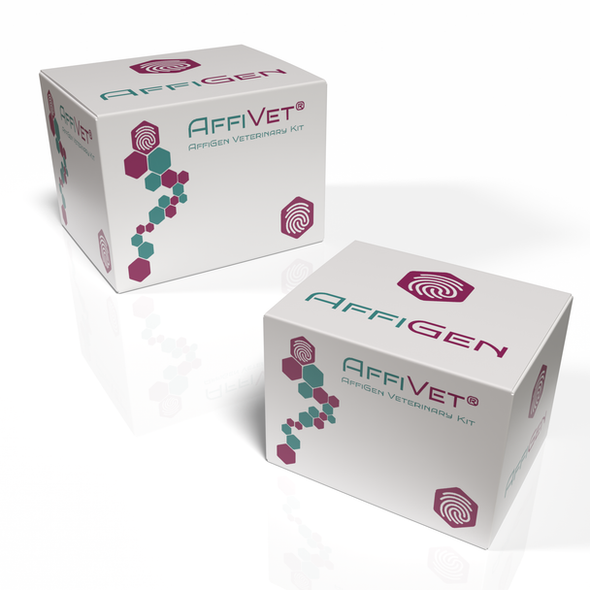Description
Cysticercus (Cyt) antibody ELISAtestkitfor Livestock
1. Principle
This kit use sandwich ELISA method to test specific Cysticercus antibody in livestock serum or plasma, it can be used as Cysticercus secondary inspection. If there is Cysticercus antibody in the sample, it will combine with coated Cysticercus antigen on plate and enzyme conjugate on the second step. The color reaction will reflect whether there is Cysticercus antibody in the sample.
2. Reagents and contents
| Code | Item | Spec. | Code | Item | Spec. |
| 1 | Coatedplates | 96 wells | 7 | Stop solution | 6ml |
| 2 | Enzyme conjugate | 10ml | 8 | Positive control | 0.05ml |
| 3 | Washing solution | 6ml | 9 | Negative control | 0.05ml |
| 4 | Substrate A | 6ml | 10 | Adhesive Foil | 3 pieces |
| 5 | SubstrateB | 6ml | 11 | Instruction sheet | 1 piece |
| 6 | Sample diluent | 10ml |
|
|
|
3.Materialrequired notprovided
1) Microplate Reader with 450nm and 630nm
2) 37 ℃thermostatic device
3) Micropipettes, adjustable.
4. Samplerequirement
1) This kit is used for onlybovine andgoat etc. Livestock’s serum and plasma.
2) To get the best test result, avoid using sample with severe hemolysis, precipitate, contaminated by bacteria or protein suspension.
3) The serum sample store at 2-8 ℃for 3 days, if for long term, it should be kept at -20℃or lower, avoid repeated freezing and thawing.
5.Test procedure
1) Add Sample diluent: Add 2 drops sample diluent to each well.
2) Add Sample: For sample wells, only add 10ul sample per well; set 2 wells of negative control, only add 10ul negative control per well; set 2 wells of positive control, only add 10ul positive control per well. Cover with adhesive foil and incubate at 37℃in dark for 30min.
3) Washing plate: Discard the liquid of the well, add 1 drop washing solution into each well, then full each well with distilled water immediately, be static for 30s and discard; then directly use distilled water to wash for 4 times, be static for 30s each time; at last time flap to dry with the absorbent paper.
4) Adding Enzyme conjugate: Add 2 drops of Enzyme Conjugate into all wells, Cover with adhesive foil andincubate at 37℃ in dark for30 minutes. Discard the liquids of the wells and wash as described in step 3, flap to dry.
5) Adding substrates: Add 1 drop of Substrate A and 1 drop of Substrate B, mix evenly, incubate at 37℃ in dark for 10 minutes.
6) Add 1 drop of Stop solution into all wells to stop reaction. Read the OD value at ELISA reader 450nm (630nm as a reference).
6. Reference
1) Cut-off Value (COV) = Average OD Value of Negative control X 2.1 (calculate as 0.05 when the OD Value of Negative control < 0.05).
2) Validation judge
OD value of Negative control well≤0.15 (Test is invalid when > 0.15);
OD value of Positive control well≥0.30 (Test is invalid when < 0.30)
7. Resultsinterpretation
When Sample OD value ≥ COV, it is POSITIVE;
when Sample OD value < COV, it is NEGATIVE.
8. Limitation
This kit is only for Screening, not basis for diagnosis.
9.Notes
1) MicroWell plate removed from the refrigerated environment should be balanced moisture to dry at room temperature, then can be opened. Put back unused MicroWell plate into dry foil bag and sealed at 2~8 ℃.
2) Before adding reagent, gently shake dropping bottle and mix even the reagent.
3 When incubation, must cover the plate with adhesive foil, do not repeat use the adhesive foil.
4) Screw down the cap after use, don't mix caps between different bottles and don't mix components between different kits
5) The test kit and any samples should be regarded as the source of infection to properly handle. Stop solution is corrosive, be careful to use.
10. Storage and expire date
Store at 2~8℃, no frozen, expiry date: 12 months.






